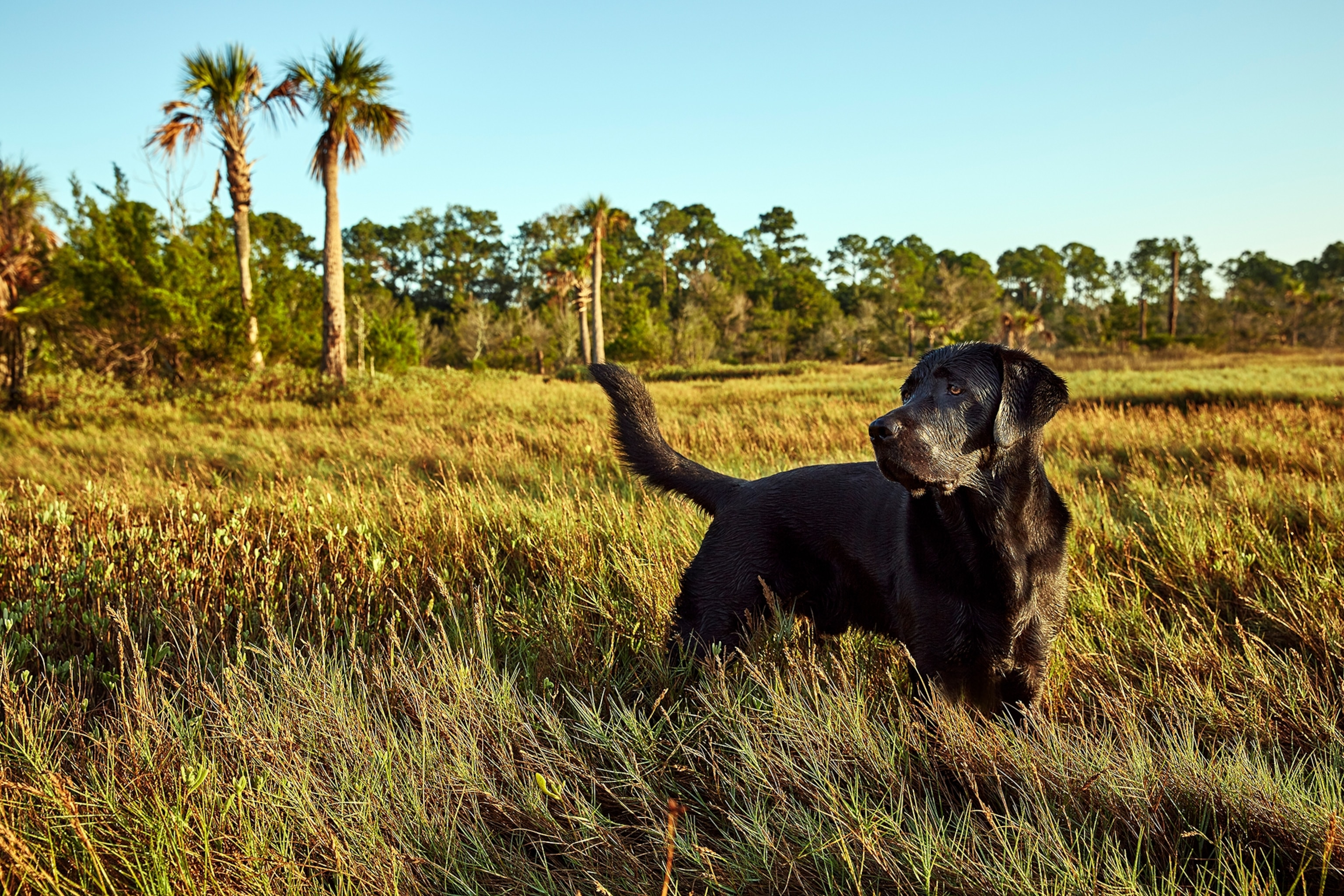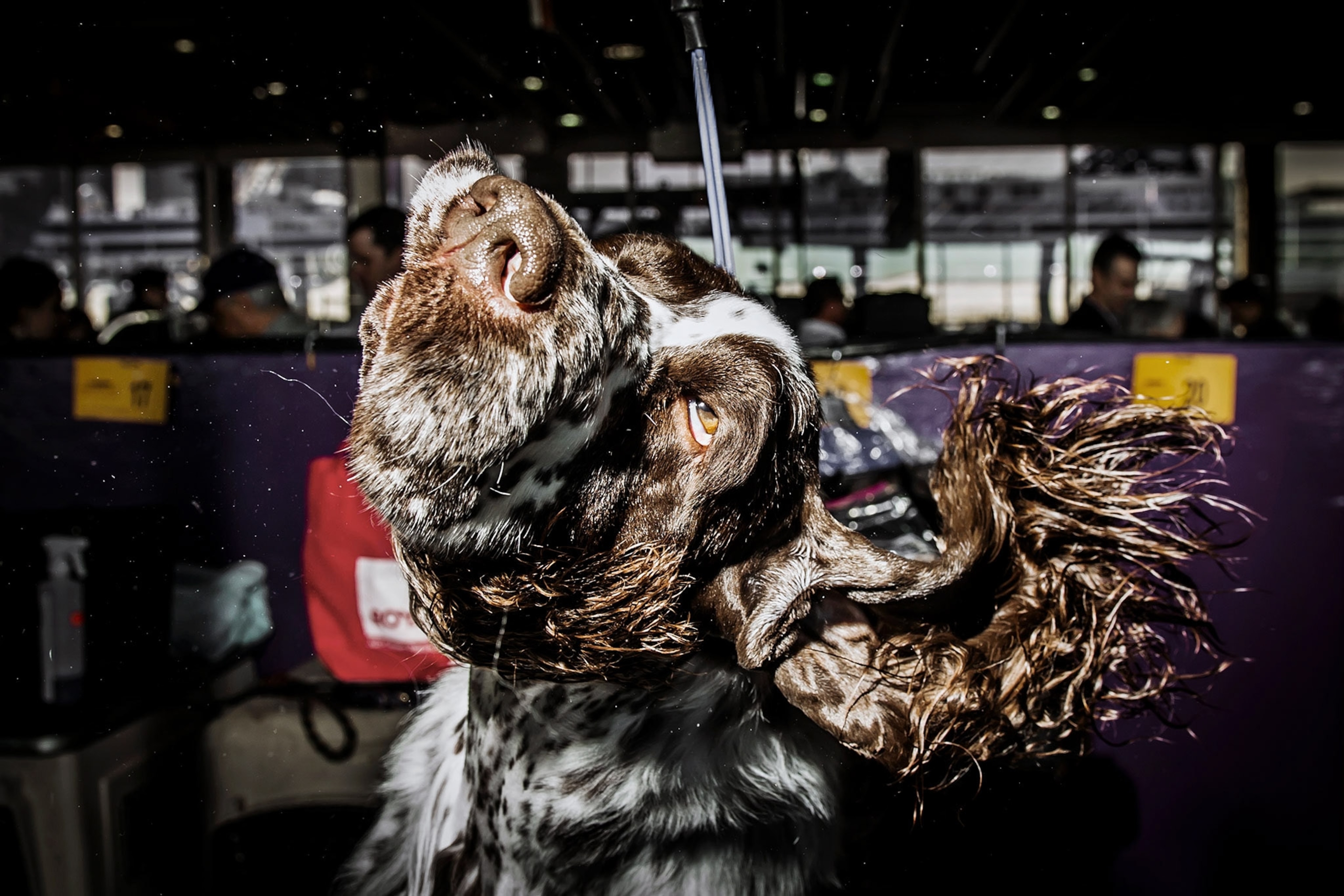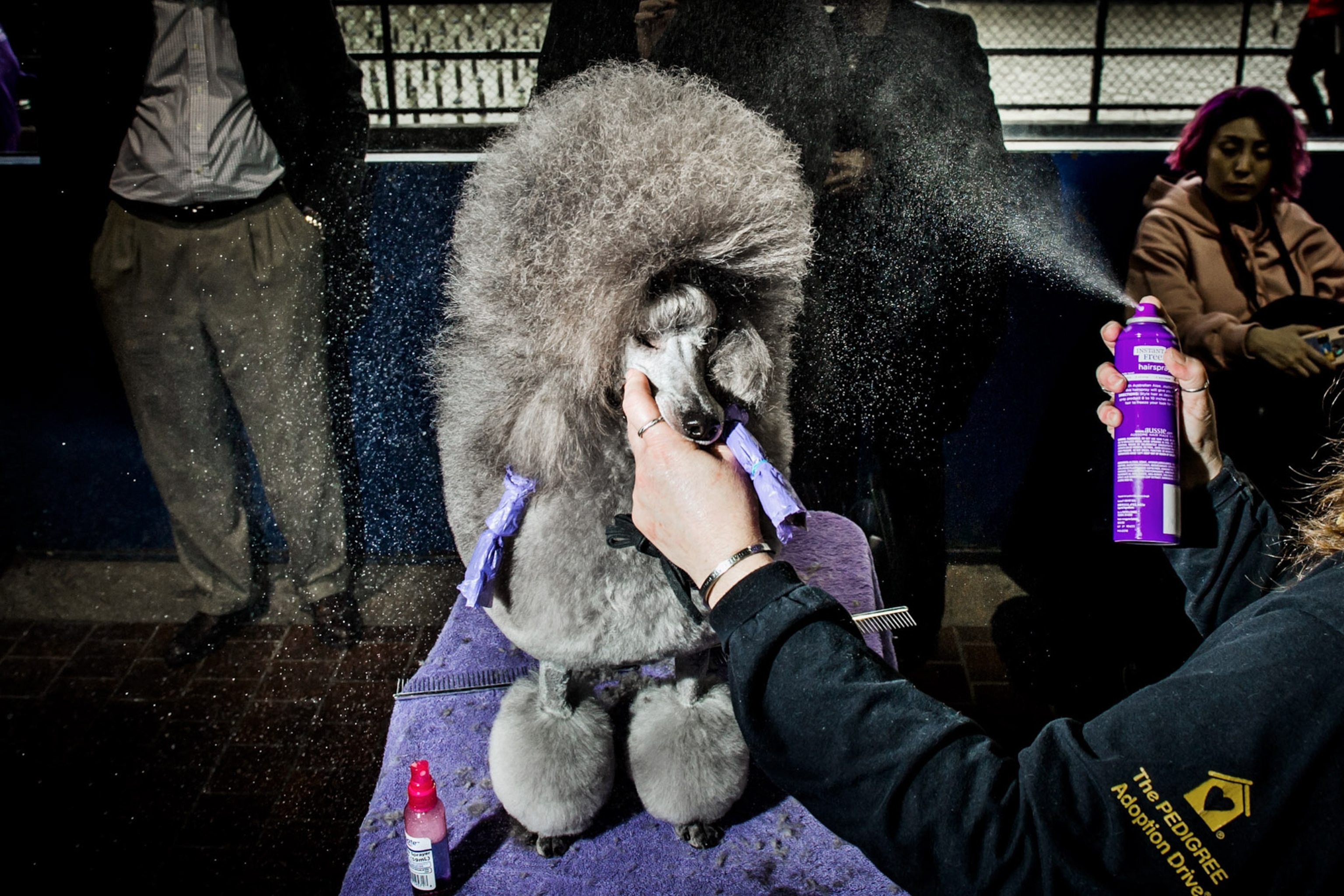Dog DNA tests are on the rise—but are they reliable?
Several companies now offer services to sequence Fido’s genetic information—but how do they really work?

Could your dog be predisposed to a fatal disease? Is your new shelter pup part beagle or boxer? Many pet owners seek answers to these questions, and as a result, direct-to-consumer dog DNA testing is booming.
But how reliable are dog DNA tests—and are the results worth your time? As it turns out, swabbing your dog’s slobber and mailing it to a testing service is the easy part, but just how (or whether) to act on that information presents some ruff choices for scientists and pet owners alike.


Domestication and dog DNA
Some scientists speculate that dogs separated off from wolves about 23,000 years ago while others claim it happened about 10,000 years later. Either way, humans have left an indelible impression on canines: Careful dog breeding—often tied to desired physical or behavioral characteristics—has produced nearly 400 modern breeds worldwide.
Scientists sequenced a full dog genome for the first time in 2004. Since then, we’ve learned much more about canines’ genetic predisposition to a variety of conditions such as kidney cancer, retinal atrophy, and hip dysplasia.
In one massive 2023 study of more than 1 million dogs, researchers screened for 250 genetic variants associated with diseases like bald thigh syndrome, a hair loss disorder that primarily strikes hounds, and cone-rod dystrophy, an eye disorder that can lead to blindness among pit bulls. The researchers found that 57 percent of dogs carry at least one studied disease variant, and that the less genetic variability a dog has, the more disease markers in its DNA—which increases the chance of health issues.
Most dogs are highly inbred, research suggests: A 2021 study across 227 breeds found high levels of inbreeding across the board, and suggests that less inbred dogs are healthier than their more inbred counterparts. Many breeders and veterinarians use DNA tests to detect potential problems in purebred dogs, and many vets recommend that owners of both mixed-breed and purebred dogs with shepherd ancestry get DNA testing to look for a potential genetic anomaly that can cause these dogs to experience neurological symptoms when they take some common veterinary drugs like ivermectin. But ultimately, the decision to test your dog for potential health issues is up to personal preference.

How reliable are dog DNA tests?
Human meddling with dog DNA has long been the driving factor behind dogs’ breed diversity—or lack thereof. But a dog’s DNA can also be used to confirm their lineage or identify their breed, a boon for pet owners on the lookout for breed-specific health or behavioral challenges or those looking to confirm their dog really has the heritage claimed by a breeder or seller. During DNA analysis, labs sequence the dog’s DNA and look for similarities with a dataset of identified dog breeds.
But breed identification isn’t as simple as it might seem. In a study published in the Journal of the American Veterinary Medical Association last month, scientists looked into the accuracy of breed prediction in commercially available DNA tests that required a photo of the dog in addition to its DNA sample. The results were mixed, says Casey Greene, a professor of biomedical informatics at the University of Colorado who co-authored the study.
“Most tests could accurately distinguish the breed of purebred dogs,” says Greene. But the analysis suggested that some testing companies might rely on the photo more than the dog’s actual genetics—and revealed big differences between companies’ business practices and the genetic datasets they use to determine dog breeds.
The researchers submitted photos and DNA of 12 purebred dogs to a total of six commercial canine ancestry identification services. Since each pup was purebred and possessed extensive American Kennel Club paperwork, the researchers knew their breed conclusively—but in some cases they provided a photo of a different dog to see if the photo influenced the DNA results. One of the companies misidentified a purebred Chinese crested dog—almost entirely hairless—as a long-haired Brittany spaniel, seemingly based on the photo alone. The other five did identify the registered breed correctly, but often gave different predictions for other “ancestor” breeds in dogs whose DNA suggested mixed breeding in prior generations. The researchers concluded that veterinarians and pet owners alike should “approach [direct-to-consumer] tests with caution” given the lack of industry standardization and at least one company’s reliance on photographs instead of DNA analysis.


What’s in a breed?
“Breed is a surprisingly complicated question,” says Halie Rando, an assistant professor of computer science at Smith College who led the research. A dog’s genetics may point to one breed, she says. But widely accepted breed definitions were defined in a time before DNA analysis, and Rando says that genetic testing can sometimes clash with pet owners’ preconceived notions about their dogs.
Even experienced humans, it turns out, are terrible at identifying breed by sight: In a recent study of 459 shelter dogs at two humane societies in Arizona and California, DNA analysis pinpointed found 125 distinct breeds, including five percent that were purebred. Nonetheless, neither the scientists nor the experienced shelter workers were able to reliably identify mixed-breed dogs, which made up nearly 90 percent of the canine cohort.
Mixed breeds can prove tricky even with DNA data—and since genetic testing relies on information about the genes of dogs with identifiable breeds, a DNA test is only as good as its genetic dataset.
“As a consumer, you might value a company that is more transparent and has a diverse [DNA] panel,” says Greene. He encourages consumers to do their research before submitting a sample—and double-check that the panel used by the testing company includes the breeds you suspect might be in the mix.
Even if you do get accurate information about your dog’s breed, it might not be as linked to its behavior as you might think. A 2022 genetic analysis of more than 2,000 purebred and mixed-breed dogs found behavior was linked more closely to individual dogs than breeds, concluding that “dog breed is generally a poor predictor of individual behavior.”
Given the rise in targeting certain breeds perceived as dangerous, there’s a chance that the growing direct-to-consumer testing market could perpetuate breed stereotypes. In their analysis, Rando and Greene anticipate the “social and economic consequences” of direct-to-consumer testing, including the potential for such tests to be used in decision-making that could affect people’s housing, insurance coverage, and even their ability to live in certain locations with dogs whose breeds are forbidden under local law or flagged by insurers.

Lab’s best friend
Despite these concerns, though, dog DNA seems headed for a golden age—and the insights revealed through further study of Fido’s genome have already reached far beyond the doghouse. Domesticated dogs have emerged as surprising superstars in medical research that benefits humans. For example, in 1999 researchers managed to isolate a genetic mutation that causes narcolepsy in some breeds. That breakthrough then led to the discovery of a similar mutation in people—and is driving better treatment for the disease in both humans and dogs alike.
“It’s fun to learn about your dog,” says Rando. But these days, she adds, that’s just the beginning. With implications ranging from entertaining to consequential, there’s no telling what dog DNA will continue to unleash.






